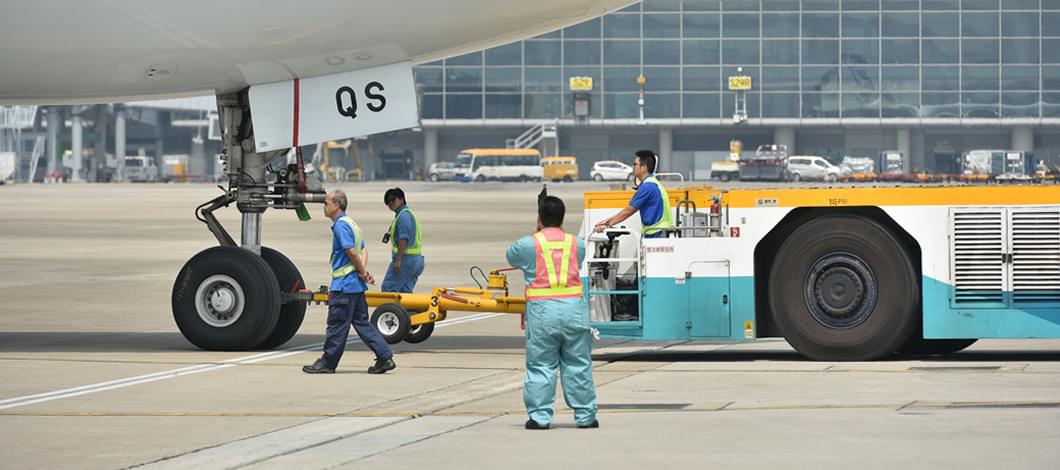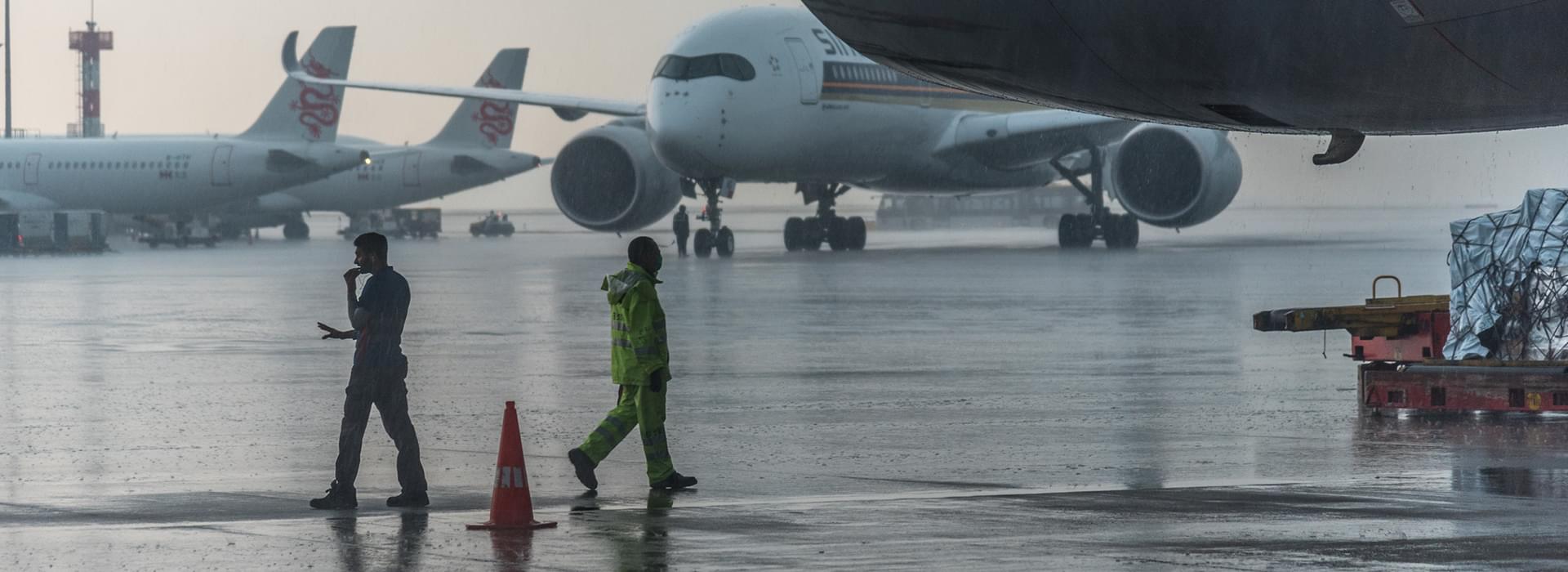
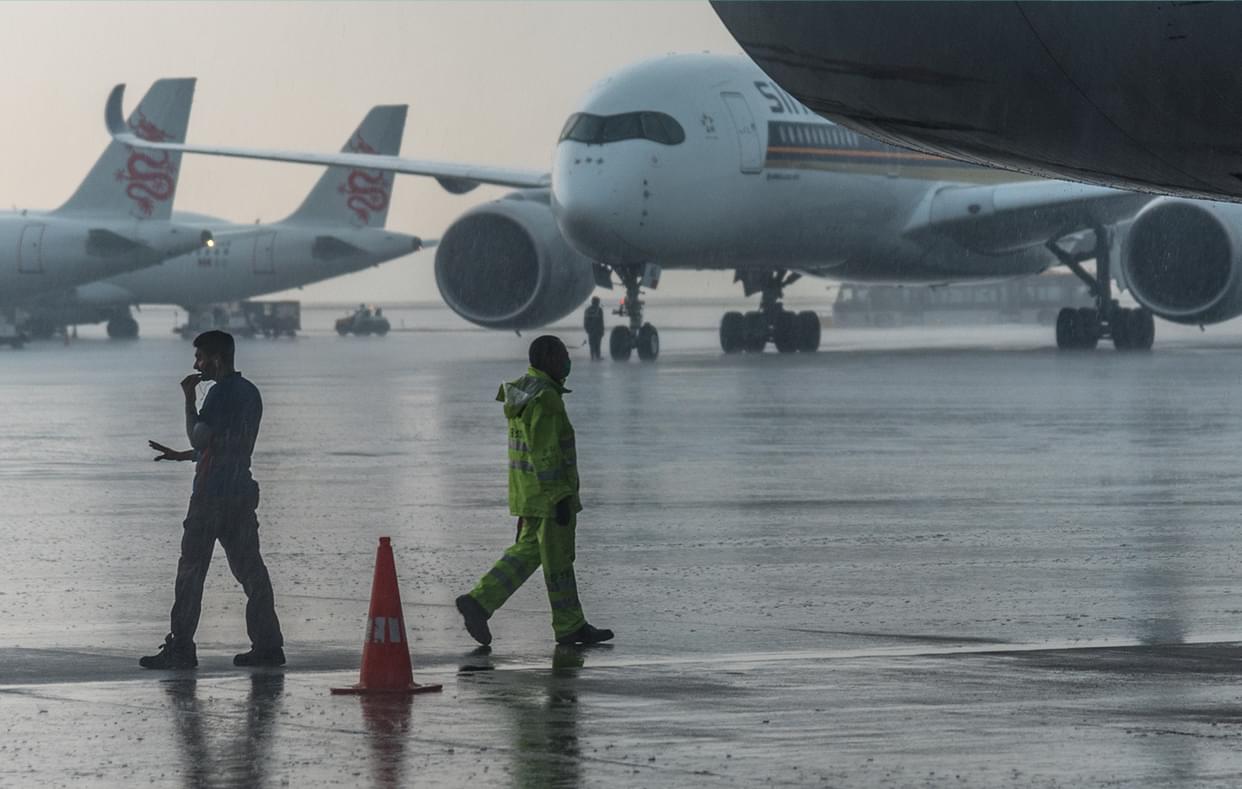
Ensuring the safety of the thousands of airport staff and the millions of passengers travelling through our airport every year remains our top priority. Moreover, we also need to be well prepared to predict, prevent and, where necessary, respond swiftly to all potential disruptions and crises that may affect the smooth operation of HKIA.
Safety is of paramount importance in airport operation. To provide a safe environment for passengers and airport staff, we operate a safety management system, which provides a robust framework of safety processes, and work closely with our employees and the airport community to cultivate a ‘safety-first’ culture. We are also applying new preventive technologies to further strengthen the safety of HKIA.
HKIA achieved a record low injury rate in 2016/17, through the continuous collaboration of the airport community, recording 3.94 injuries per million passengers.

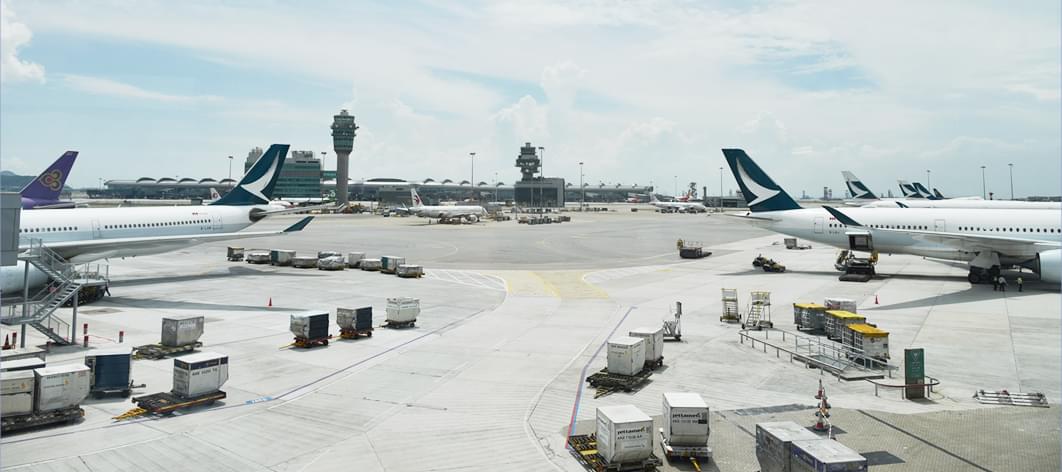
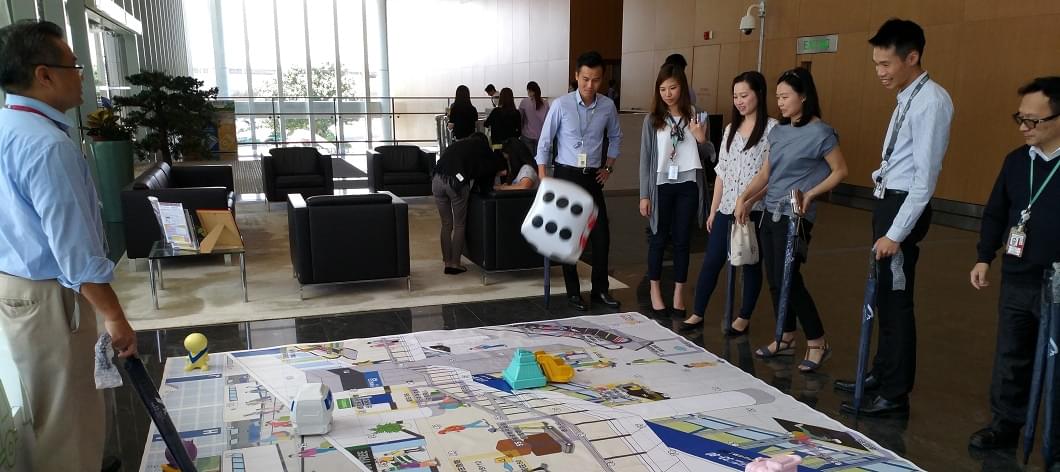
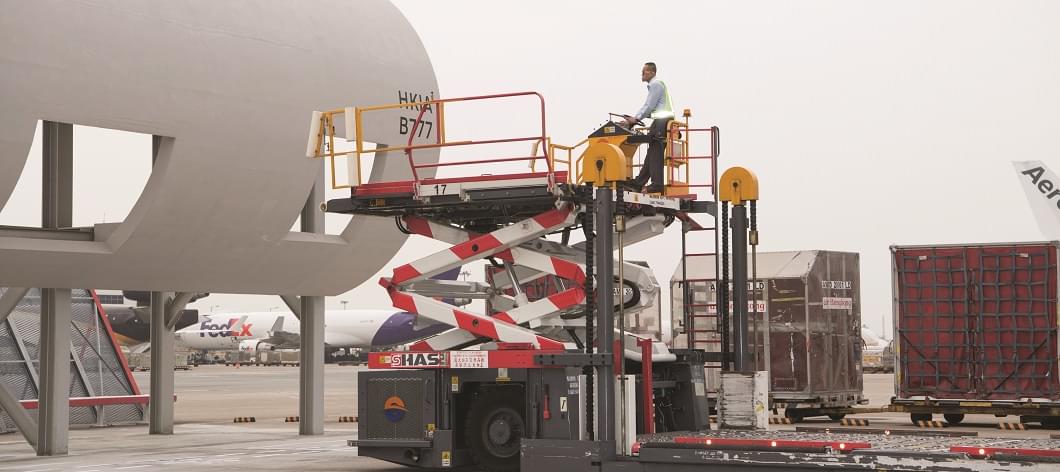

Given the myriad of potential disruptions and crises that may affect the operations of HKIA, we have put in place systems and processes to predict, identify, manage and minimise the associated risks. With a view to strengthen the operational resilience of HKIA, we must ensure that all AAHK employees and business partners are aware of the systems and procedures, and take appropriate action in the event of disruption or crisis.
